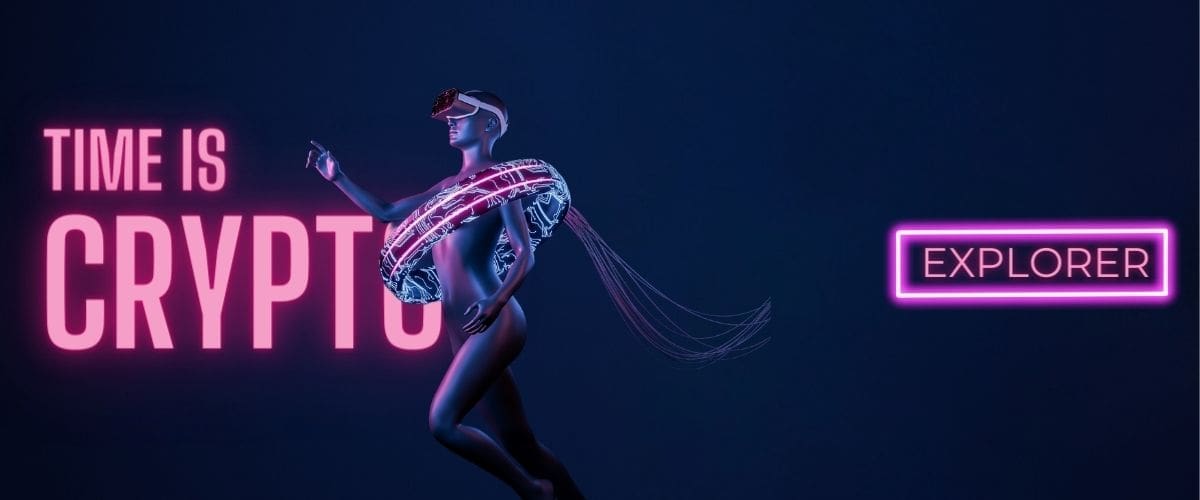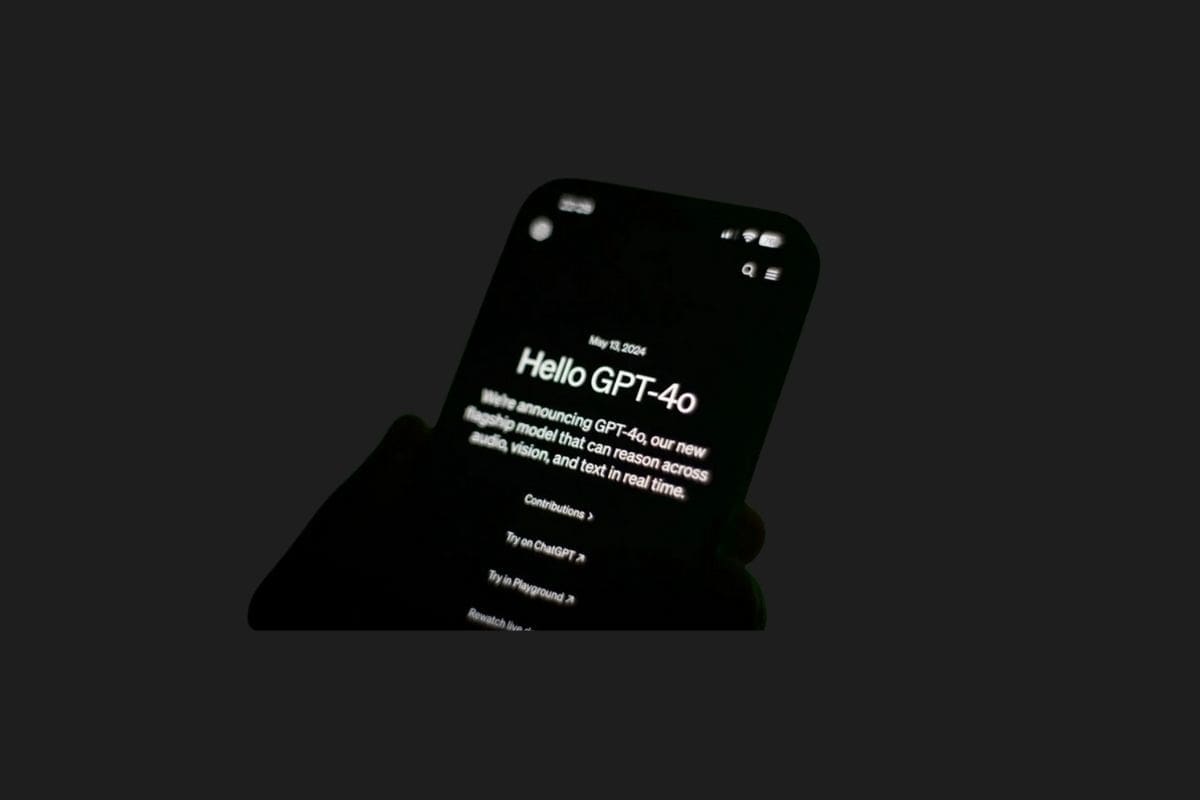How to use GPT-4o, OpenAI’s new language model that will be offered to all paid and free users? How is it different from GPT-3.5? Will all its features be available for free? We have been answering all these questions that have been confusing users for a few days.
OpenAI held its much-awaited spring event on Monday evening. At the event, GPT-4o, the new flagship language model that will power ChatGPT, was introduced. However, the news that pleased users the most was that this model, which comes with many important innovations, will be offered free of charge.
OpenAI’s announcement that it will start bringing GPT-4o to free users has caused some confusion on social media over the past few days. Users were unsure how to use GPT-4o, what GPT-3.5 is, and details about the new voice mode. In this content, we have provided answers to all these questions.
What is GPT-4o? How is it different from GPT-3.5?
GPT-4o is the name of OpenAI’s new large language model (LLM) that was unveiled on May 13. This model powers the ChatGPT chatbot you use on your phone or desktop, providing the bot’s capabilities.
GPT-3.5, on the other hand, is an older language model introduced by OpenAI in 2022. GPT-3.5 is currently offered in the free version of ChatGPT. In other words, anyone using ChatGPT without paying is benefiting from GPT-3.5. Plus subscribers, those who pay for the service, use the model called GPT-4, which was introduced in March 2023.
Free users will now be able to use the new GPT-4o instead of GPT-3.5. GPT-4o is twice as fast as current models and outperforms them. It’s also a built-in multi-modal AI model, meaning it can understand audio, text, and images, and produce content accordingly. It provides responses with fewer delays, feeling much more human-like. For example, it can respond in as little as 232 milliseconds, which is almost on par with a human in voice mode.
Will we be able to use all the features in GPT-4o for unlimited free?
We have already mentioned that GPT-4o will be available for free. However, you will not be able to use its features without limitations. The company’s features, which are normally paid but are now free thanks to GPT-4o (such as internet access, file uploading, etc.), can be used for free within certain daily limits.
Once you reach these limits, ChatGPT will automatically revert to GPT-3.5. OpenAI hasn’t revealed the exact limitations for GPT-4o, but you will need to be a Plus subscriber to continue using it once you reach the limit.
Voice mode already existed in ChatGPT, its new version will only come to Plus subscribers
One of the issues that caused confusion was the innovations coming to voice mode. Some users who used voice mode in the app thought new features were being introduced. However, this is not true. ChatGPT has had a voice chat feature for months, so you could already talk to it.
What is new is the development of voice mode with the arrival of GPT-4o. Voice responses are now more natural, less delayed, and improved. With the new model, we can now see many new features such as emotional changes in tone of voice. GPT-4o is able to process all inputs and outputs through a single neural network. Previous models required three different neural networks: one to translate voice into text, GPT-3.5 or GPT-4 to process that text, and a third to convert the text back into voice. GPT-4o does all of this on its own.
It’s important to note that the new voice chat version will not be available to free subscribers, unlike other features. This feature will only be available to Plus subscribers in the coming weeks.
How to use GPT-4o?
OpenAI stated at the event that GPT-4o’s text and image features have started to be available to all users. So gradually, the feature is being rolled out. All you have to do is update the ChatGPT app.
After that, you will be able to select GPT-4o among the model options accessible via the ChatGPT text at the top of the screen. However, as mentioned, it is being offered gradually. So you may still not be able to access it immediately and may have to wait a bit for it to arrive. It can take up to several weeks.
You may also like this content
- Top 1000 Sci-Fi Movies About Metaverse, AI, and Science
- How to Use iPhones’ New Emoji Creation Feature “Genmoji”
- OpenAI Introduces Sora: A Revolutionary Text-to-Video Creation Tool

